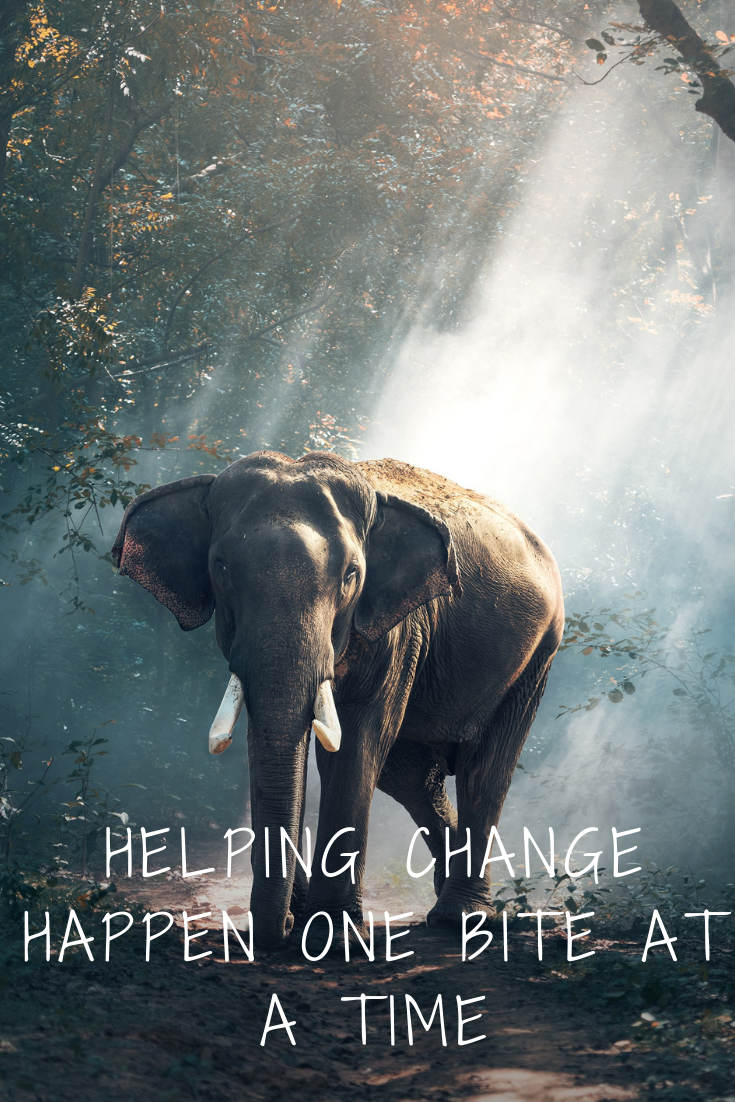
Suicide Prevention and Survival
In the hustle of launching careers and nurturing families, many of us find ourselves merely surviving each day. Amidst these challenges, a significant realization emerges: many of us feel compelled to mask our true selves, maintaining a facade of contentment until the strain becomes unbearable.
On the heels of Mental Health Awareness Month, I was saddened to learn of the passing of two public figures – Kate Spade and Anthony Bourdain by suicide this week. My concern deepens when I think of the people they have left behind and the generational impact that suicide leaves. Suicide is the 10th leading cause of death in our nation. Suicide is also the 2nd leading cause of death for Americans 10-34.
The Cost of Concealment
Consider that for a moment; while our frontal lobes are growing and developing, we are struggling. The widespread tendency for us to conceal our struggles is antithetical to the essence of mental wellness, which advocates for consistent self-care and authenticity. The facade of perpetual happiness exacerbates personal distress and hinders genuine connections with others.
While we are trying to launch our careers and our families, we are struggling just to make it through the day. The hardest part of this realization is recognizing that these distressed individuals often walk around feeling as if they are unable to be themselves; that smile stays in place until they can’t smile anymore.
This restricted model of behavior is the opposite of mental wellness, which means taking care of yourself early and often. If we are trying to learn from suicide, we need to look at prevention and building mental wellness. We need to be compassionate and realize that 20% of all Americans struggle with mental health issues. Every time we see a group of five people, one person in that group is hiding their secret of depression, anxiety, bipolar disorder, ADHD, autism, and so many other hurts and pains.
Also, consider the degree of severity/ presentation and the love factor. Even if you are not personally affected by mental illness, someone that you love is struggling. Typically, people who struggle with mental health issues hide their pain and live in fear of the judgment of others.
Suicide Prevention
One of the most common questions from family members and friends of an individual who has committed suicide is regarding prevention. Survivors are often left with a sense of guilt that they could have done more or seen something sooner. Surprisingly, most suicide is correlated to lower levels of distress tolerance in addition to depression and anxiety.
Distress intolerance and hopelessness are the key indicators of vulnerability toward suicide. Suicide is often a systemic issue that can decimate a family and culture for generations. One of the lessons that we can learn from suicide is to ask for help early and often.
As community members, we can learn more compassion and build resilience into our lives as intensely as we create competition. This is a competitive world, and it can be an ugly one. At the same time, we can also understand and empathize with the community and practice giving good care. We need to be mindful that we fulfill our capability by monitoring our environment and placing connection and compassion first.
Suicide Prevention:Compassion and Connection
Finally, we can increase our distress tolerance and realize that life will bring us the bad that is promised to us. Pain in life is a guarantee, so we must work harder to build the joy and balance that helps us to overcome that pain. Bad things happen, but you can still make something good out of the pain.
Waiting to see signs of depression is a reactive model for treatment and prevention. If we want to increase our level of life satisfaction and increase frustration tolerance, we must make that a priority and build those skills mindfully. Setting our intention for what we want is key to building a better life rather than holding on to things that do not work in our lives. This is an individual marathon, not a team sprint.
Mental Health Awareness Month (May) is a chance for us to take stock of our lives and our communities and put the first things first. The first thing is ALWAYS balance and wellness, which require that we check in with ourselves and our support systems.
Increasing our mindfulness and “tweaking” our priorities allows us to show up for ourselves in our own lives. I have written about suicide previously and am passionate about preventing suicide, building resilience, and increasing life satisfaction. This is a public health issue as well as an individual one. So please be kind because you never know when someone needs that small act of kindness. Be blessed today, and hug someone you love.
Final Thoughts from the Holistic Store
Boost your connection from the inside out with our wellness supplements and supplies. Check out our store for products that help you feel your best, making it easier to open up and connect on a deeper level.

